Daan Roosegaarde lights up a piece of Dutch industrial heritage

The legendary 32km Dutch Afsluitdijk dike, built by hand in 1932, has not only been safeguarding the Netherlands from the North Sea for 85 years, but is also a solid verification of the nation’s leading position in the field of hydraulic engineering works and water management. ‘It is Dutch pride, and our heritage,’ says Daan Roosegaarde, the designer commissioned by the Dutch government to create the three-part design programme ‘Icoon Afsluitdijk’, to celebrate the monumental site and inspire the country towards an innovative future.
‘Who lives below sea level? We must be a little crazy for that,’ says Roosegaarde. The history of the dike goes back to the 1880s, when Dutch engineer Cornelis Lely (1854–1929) conceived the largest land reclamation project in human history. ‘We try to find harmony and live with the water; on one hand, we have a lot of knowledge about it, but on the other, we are also scared about it. And with design we created our own country – without design we would all drown.’ That mentality and the relationship between artificial and natural elements are obvious in Roosegaarde’s oeuvre.
The three interrelated concepts in his installation examine the future of smart landscapes and of energy and light. ‘Gates Of Light’ gifted the dike a futuristic new entrance. The 60 mammoth floodgates (designed by Dirk Roosenburg, grandfather of Dutch architect Rem Koolhaas) underwent a major clean-up and restoration before the designer covered them with retroreflective layers which, when caught in the headlamps of passing cars, appear to light up. If there are no cars, the structures are not illuminated. ‘This way of using light requires zero energy and does not contribute to light pollution,’ says Roosegaarde.
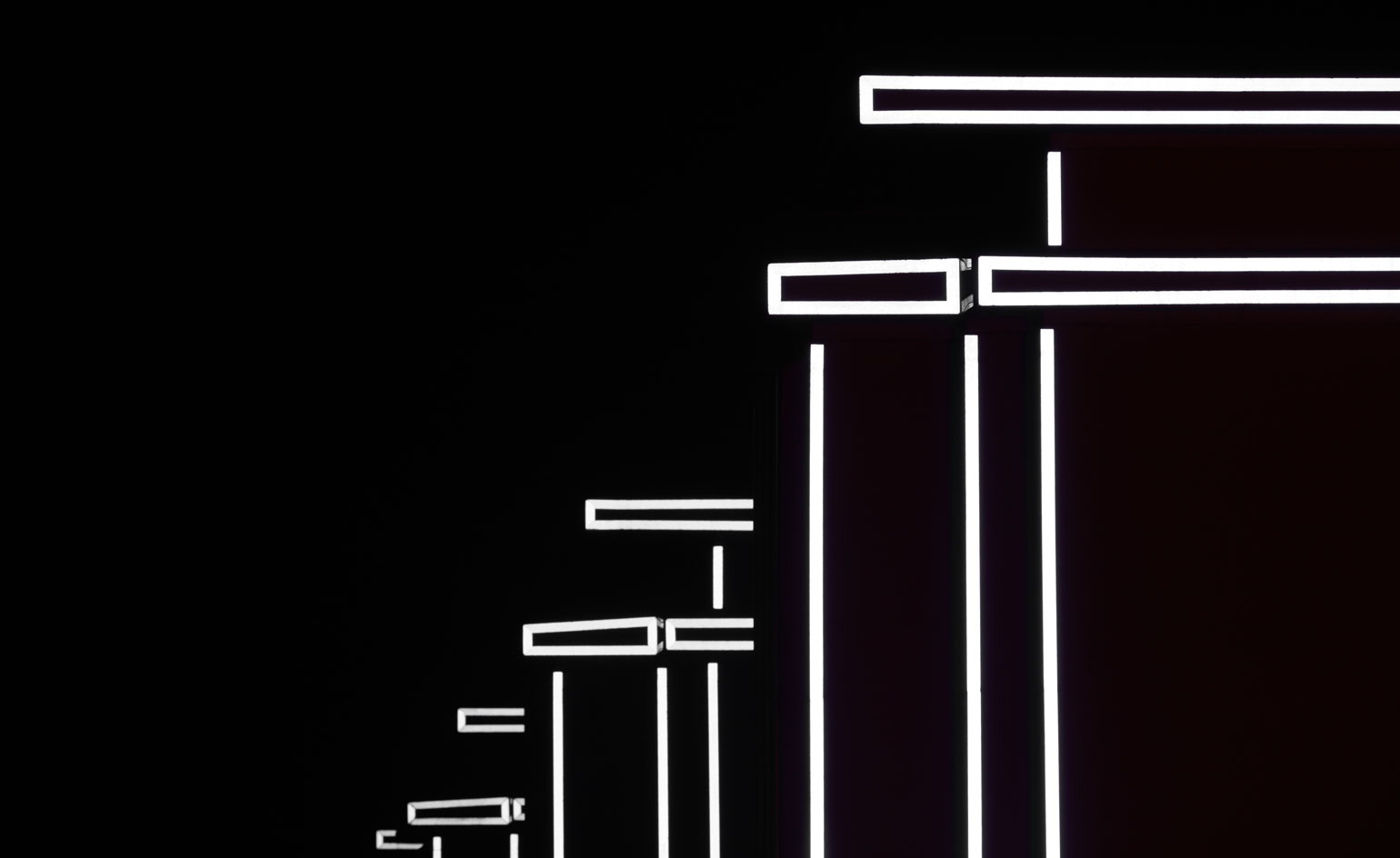
'Gates Of Light’ by Daan Roosegaarde
When going through archive materials related to the Afsluitdijk, Roosegaarde came across a plan by the late Dutch astronaut Wubbo Ockels to harvest energy by flying kites at the dike. Together with the spin off of the Delft University of Technology, Roosegaarde has realised this notion in the form of ‘Windvogel’, which has the potential to create up to 100 kW and supply up to 200 households with green energy. While flying, the kites generate and transmit energy through a specially designed fibre cable connecting to the stations on the ground, while simultaneously creating beautiful dancing lines in the sky.
‘Glowing Nature’ further illustrates the relationship between humans, nature and technology. Housed in one of the historical bunkers at the Friesland end of the dike is an interactive experience with live bioluminescent algae. The pitch-dark room lights up as the algae below the floor glow under the pressure of footsteps. ‘We have one of the oldest microorganisms in the world which gives us light; there [is] hidden energy everywhere for us to discover and harvest,’ explains Roosegaarde. ’We can make an energy-neutral landscape which is beautiful at the same time. Design should be more curious towards that future.’

The floodgates in ‘Gates Of Light’ were covered with retroreflective layers that light up as cars pass at night
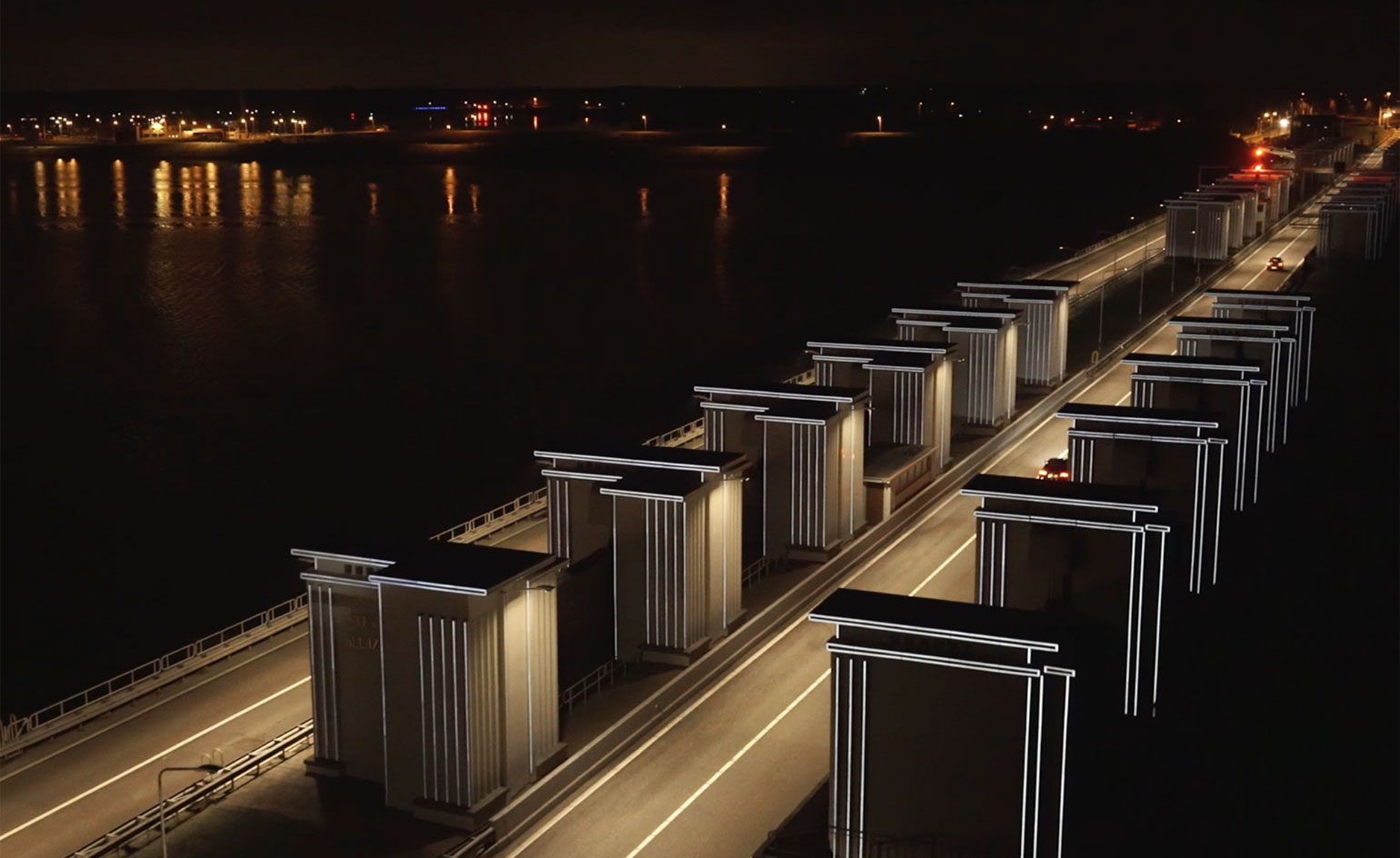
Watch 'Gates of Light' in action
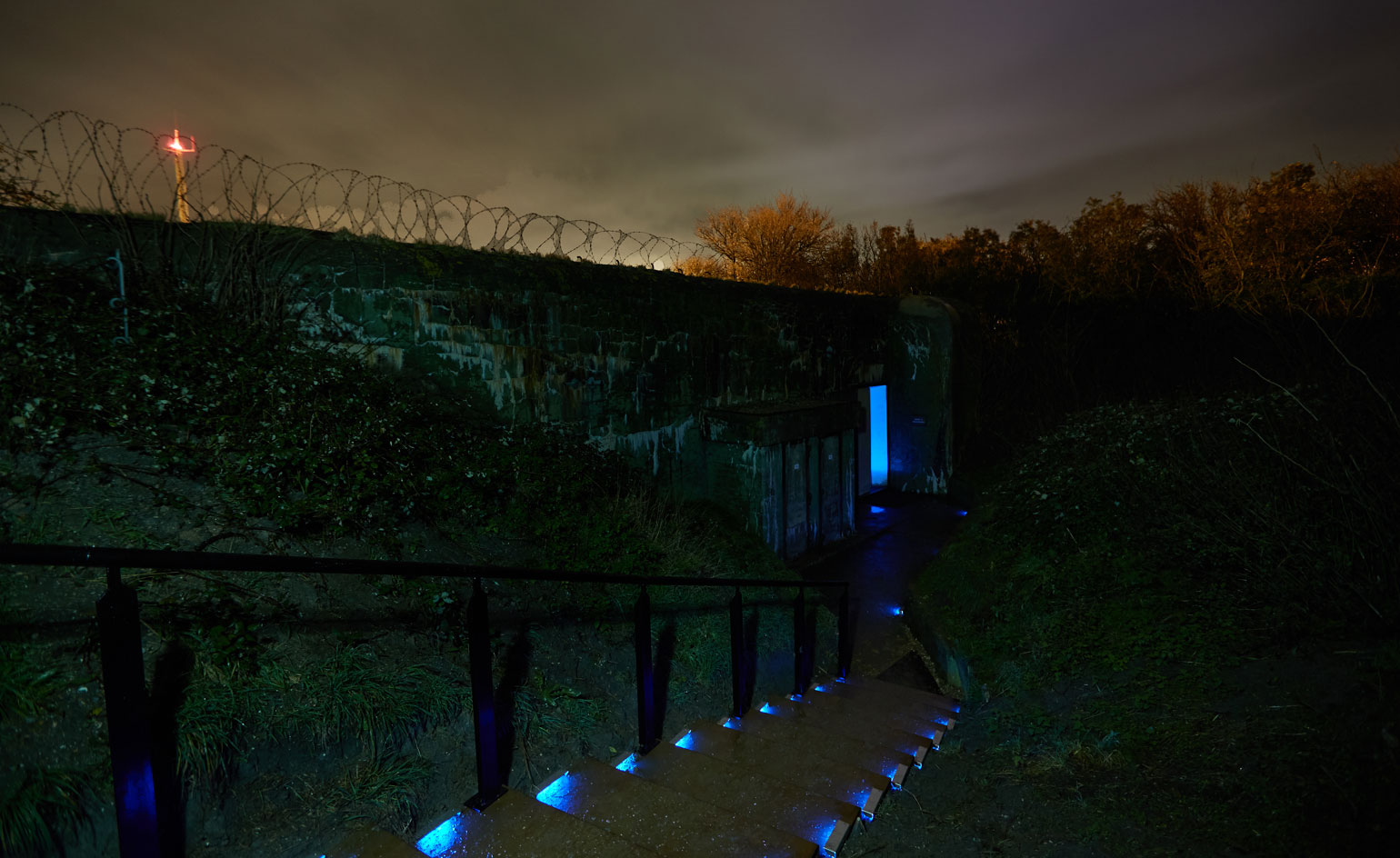
The installation ‘Glowing Nature’ features underfloor bioluminescent algae that glow as viewers walk over them
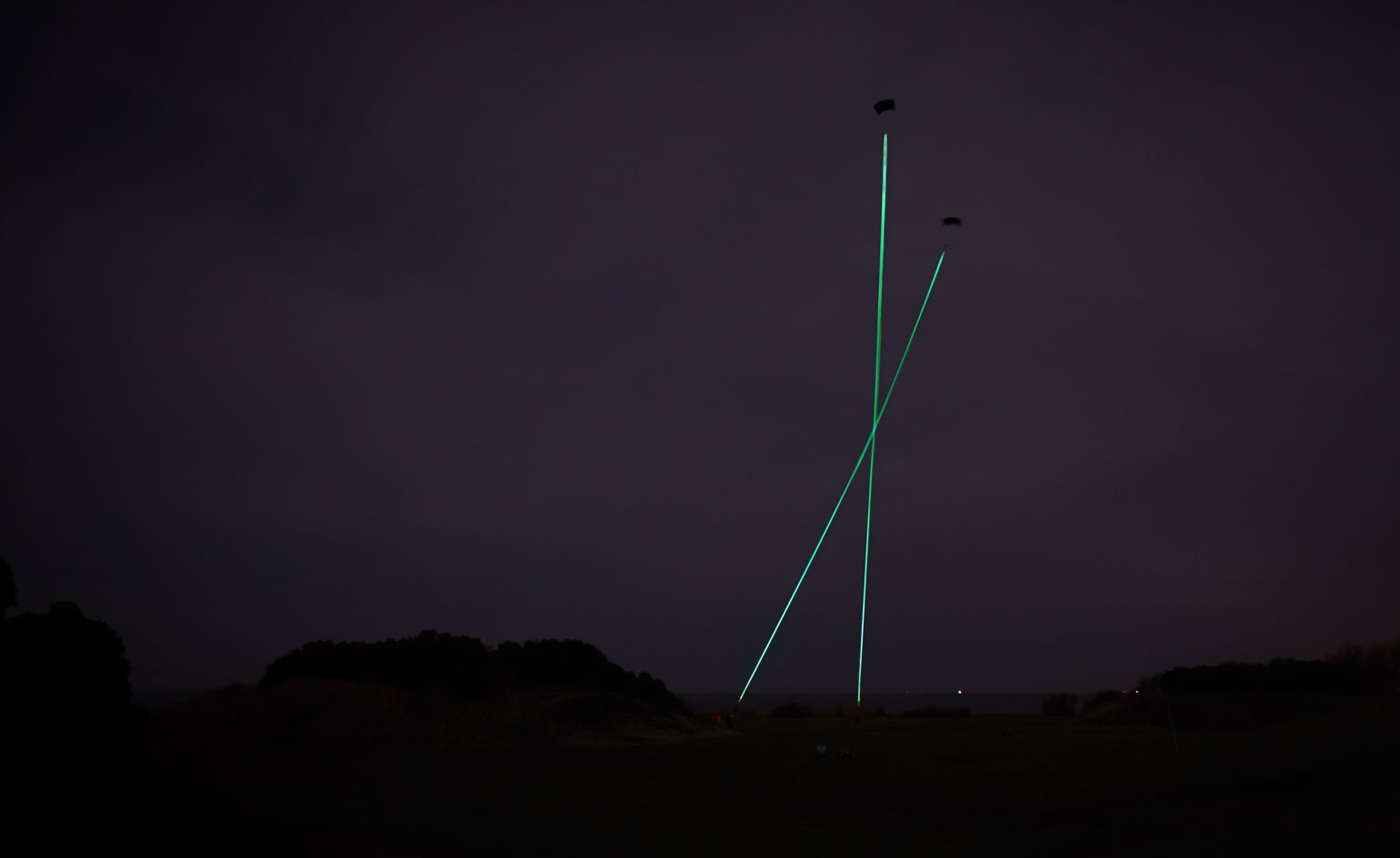
‘Windvogel’ sees energy-generating kites connected to the ground through light-up fibre cables

Watch Daan Roosegaarde reveals inspirations behind his energy-centric installations
INFORMATION
’Gates Of Light’ is a permanent installation, while ‘Windvogel’ and ‘Glowing Nature’ are on view until 21 January 2018. For more information, visit the Studio Roosegaarde website
Receive our daily digest of inspiration, escapism and design stories from around the world direct to your inbox.
Yoko Choy is the China editor at Wallpaper* magazine, where she has contributed for over a decade. Her work has also been featured in numerous Chinese and international publications. As a creative and communications consultant, Yoko has worked with renowned institutions such as Art Basel and Beijing Design Week, as well as brands such as Hermès and Assouline. With dual bases in Hong Kong and Amsterdam, Yoko is an active participant in design awards judging panels and conferences, where she shares her mission of promoting cross-cultural exchange and translating insights from both the Eastern and Western worlds into a common creative language. Yoko is currently working on several exciting projects, including a sustainable lifestyle concept and a book on Chinese contemporary design.
-
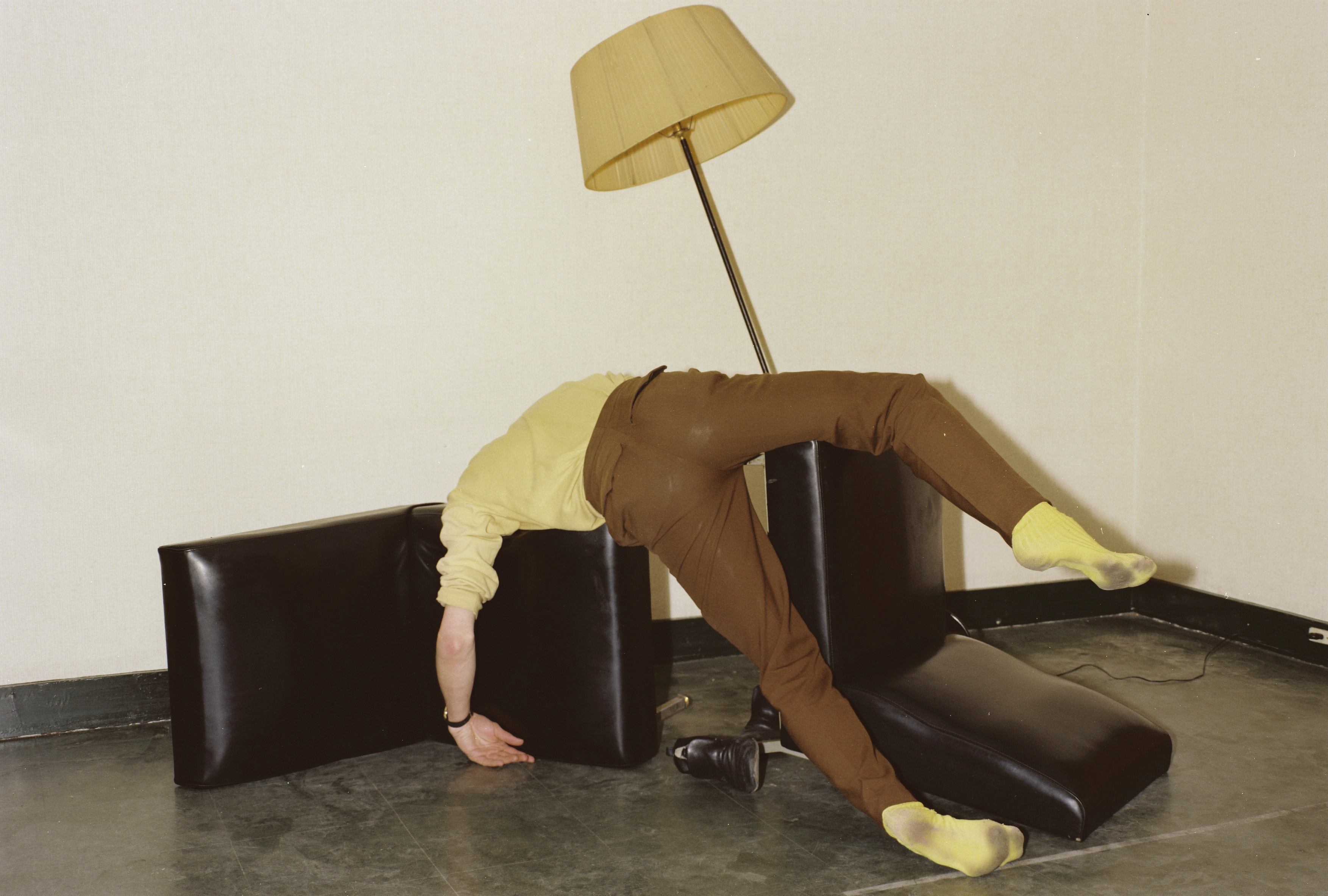 ‘Seriously,’ says Sprüth Magers, art can be funny too
‘Seriously,’ says Sprüth Magers, art can be funny tooAt Sprüth Magers, London, group show ‘Seriously’ delves into humour in art, from the satirical to the slapstick
-
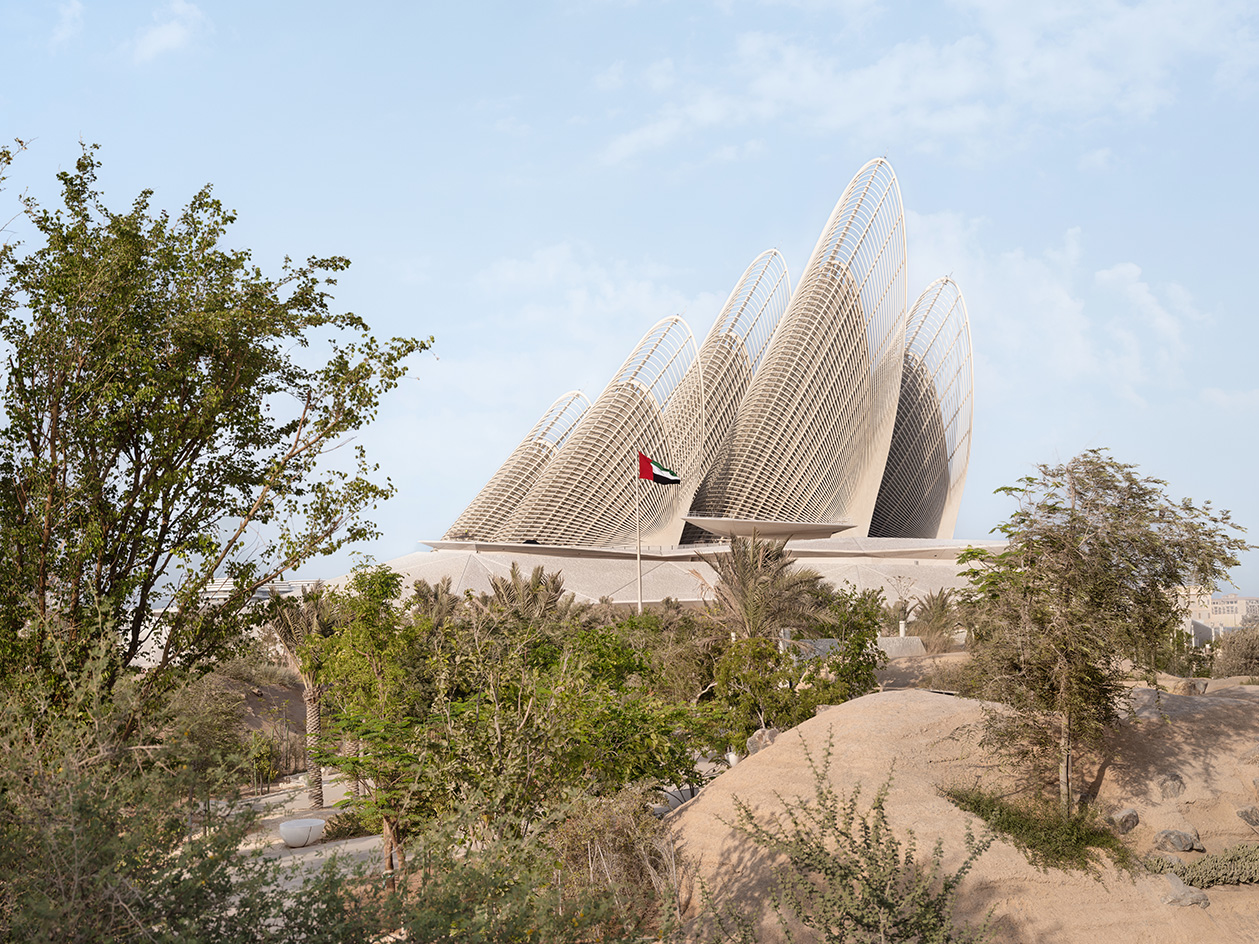 Zayed National Museum opens as a falcon-winged beacon in Abu Dhabi
Zayed National Museum opens as a falcon-winged beacon in Abu DhabiFoster + Partners’ Zayed National Museum opens on the UAE’s 54th anniversary, paying tribute to the country's founder and its ancient, present and evolving future
-
 Design Miami announces Dubai collectible design platform in collaboration with Alserkal
Design Miami announces Dubai collectible design platform in collaboration with AlserkalThe new platform will honour the region’s cultural heritage while highlighting its spirit of innovation
-
 TEFAF Maastricht 2025 is a brush with wonderfully niche art, design and antiquities
TEFAF Maastricht 2025 is a brush with wonderfully niche art, design and antiquitiesWhat we saw and loved at TEFAF Maastricht 2025 (on until 20 March), from surrealist Claude Lalanne’s daybed and Ancient Egyptian jewellery
-
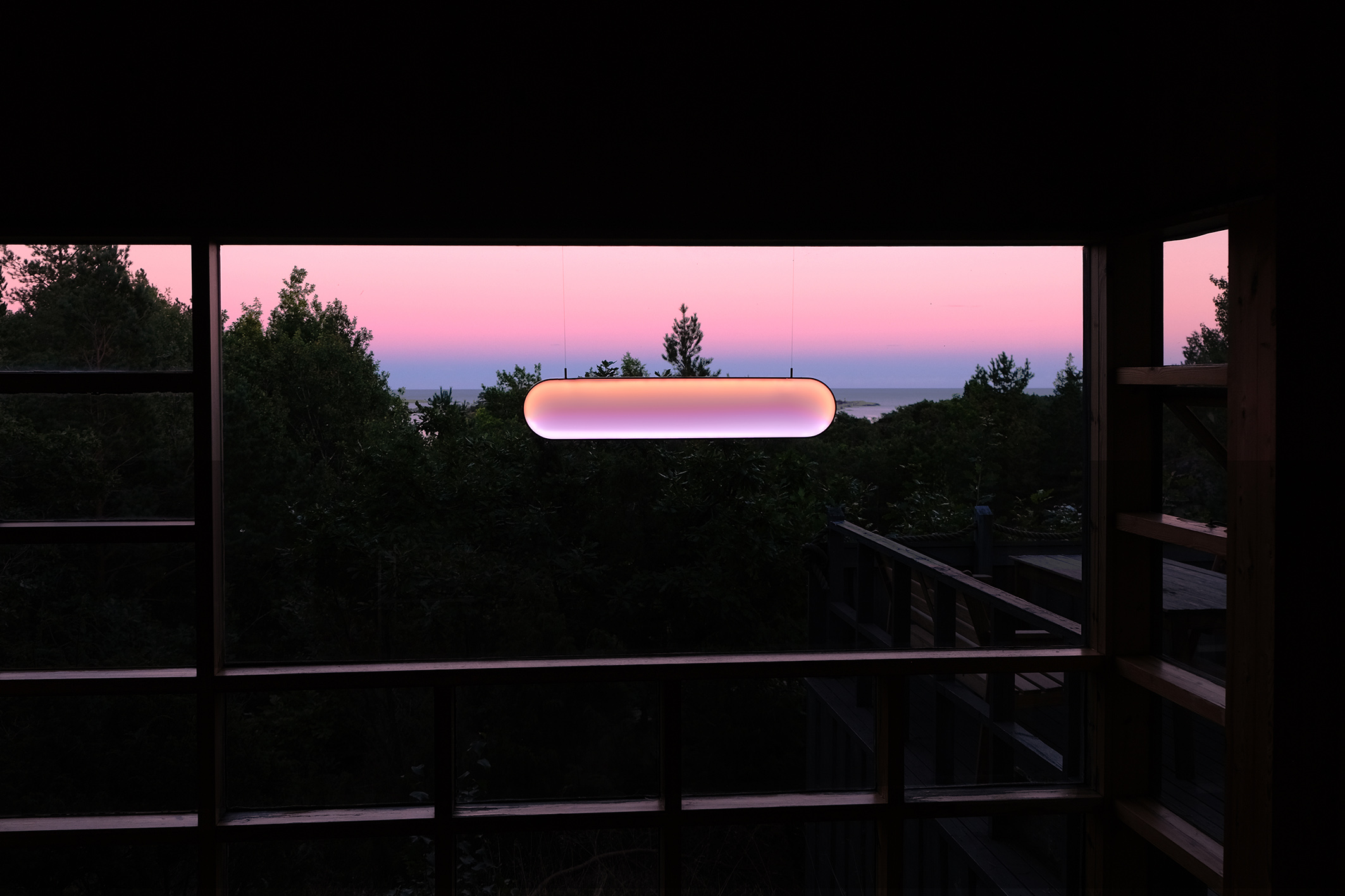 Solar light and modular cabin win Life-Enhancer of the Year: Wallpaper* Design Awards 2022
Solar light and modular cabin win Life-Enhancer of the Year: Wallpaper* Design Awards 2022Marjan van Aubel's ‘Sunne’ solar light and the Space of Mind cabin, by Studio Puisto, Made by Choice and Protos Demos, are the joint winners of this year's Life-Enhancer category
-
 Prostoria celebrates its modernist roots and a decade of design
Prostoria celebrates its modernist roots and a decade of design‘Prostoria 10’ is a project marking the Croatian furniture brand’s ten years and its connection with Zagreb’s rich modernist architectural legacy
-
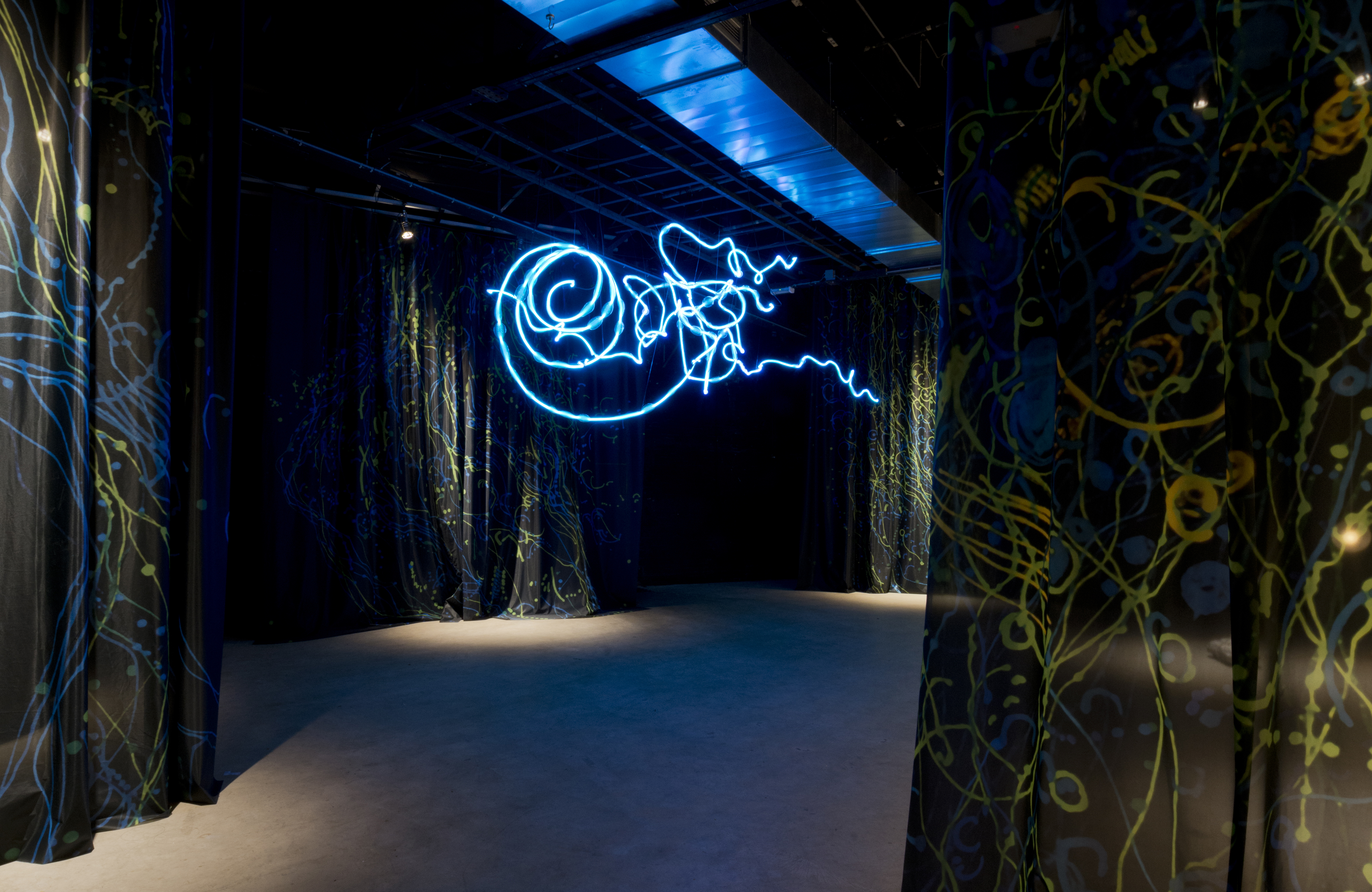 Best of Dutch Design Week 2021
Best of Dutch Design Week 2021After a virtual edition, Dutch Design Week is back for 2021 (until 24 October) with a physical showcase of creative talent across the city of Eindhoven celebrating the design event’s 20th anniversary
-
 Ten years of Muller Van Severen, at Design Museum Ghent
Ten years of Muller Van Severen, at Design Museum GhentA new exhibition by Belgian design duo Muller Van Severen (until 6 March 2022) features a retrospective of the studio’s ten years as well as a curation of pieces from the Design Museum Ghent collections
-
 Dutch Design Week 2020: Ikea’s virtual greenhouse, networking fungi, and rethinking waste
Dutch Design Week 2020: Ikea’s virtual greenhouse, networking fungi, and rethinking wasteMoving its programme of talks and exhibition online (17 – 25 October), the Eindhoven-based design event virtually showcases future-oriented design thinking, material innovation and next generation talent
-
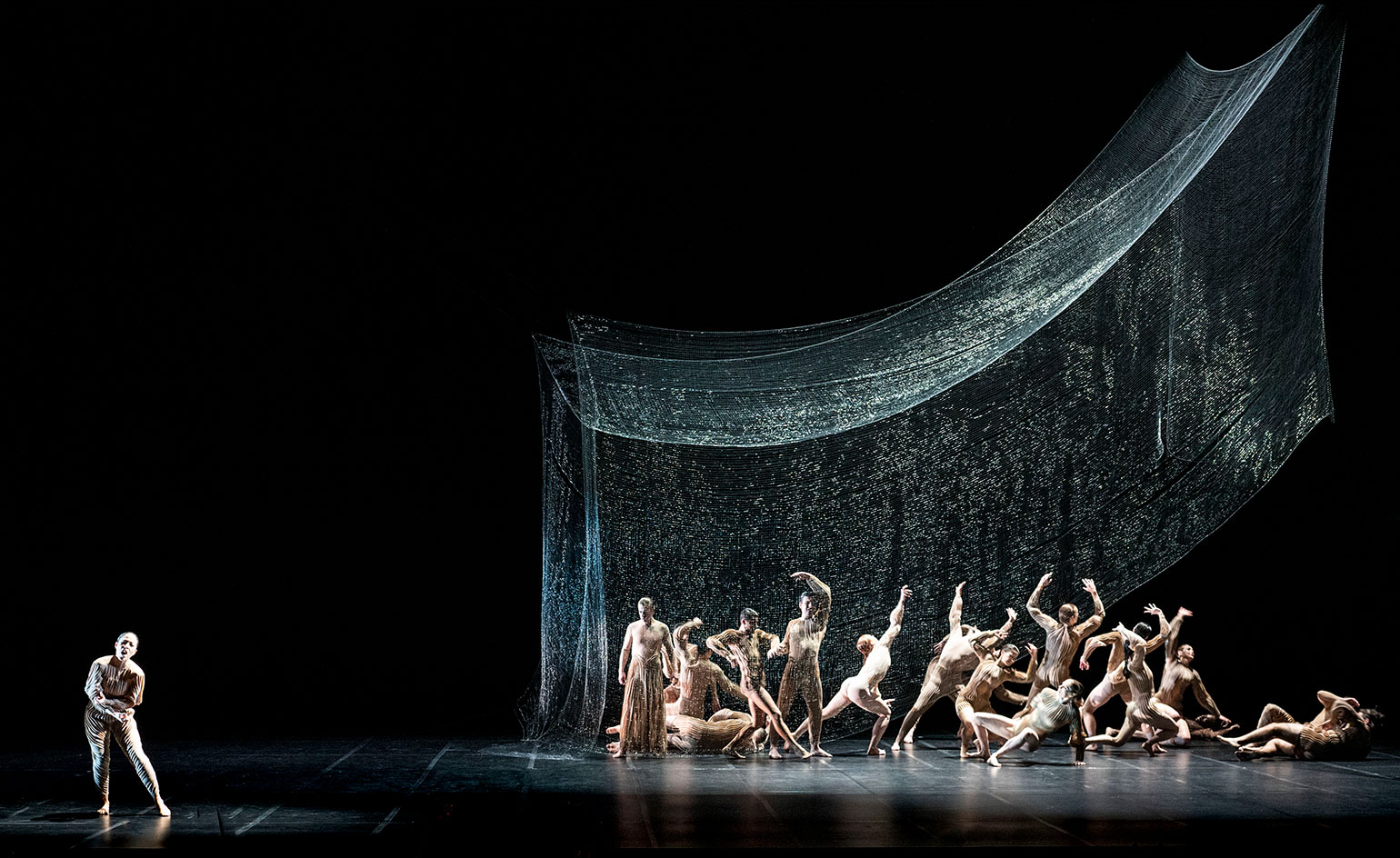 The world’s oldest opera gains a space-age stage intervention
The world’s oldest opera gains a space-age stage interventionKinetic sculpture 'Ego' – designed by Lonneke Gordijn of Studio Drift – moves with the performance in a minimal and modern manifestation of the world’s oldest-known opera, L’Orfeo
-
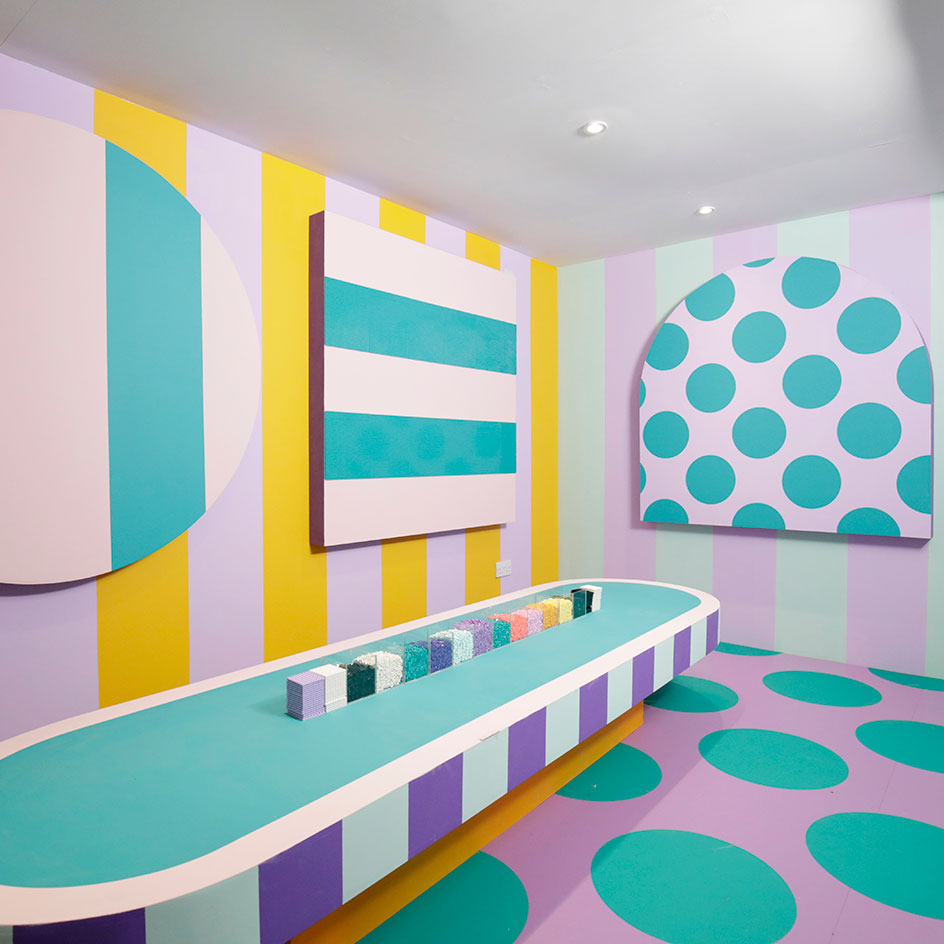 Lego enlists Camille Walala for interactive shipping container in London
Lego enlists Camille Walala for interactive shipping container in LondonIn celebration of Lego’s new 2D play concept, the Lego Dot, Camille Walala creates an interactive shipping-container installation in King’s Cross, using over two million lego bricks